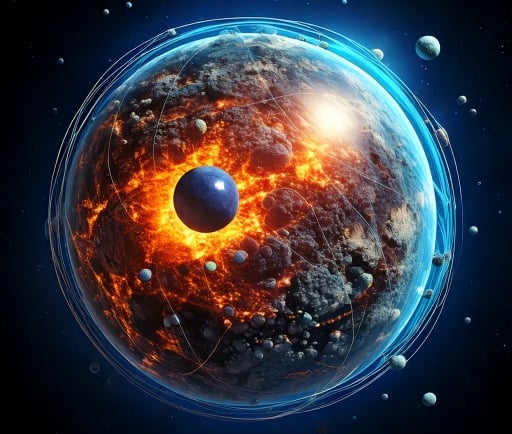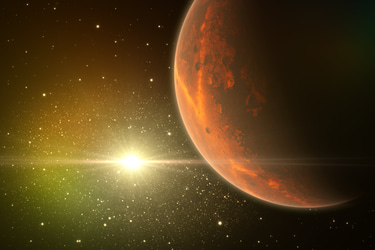The Composition of Terrestrial, Ice Giants, and Gas Giant Exoplanets


Introduction to Exoplanet Composition
Exoplanets, or planets that exist outside our solar system, come in a variety of compositions and characteristics. Among these diverse types, we can primarily categorize them into two groups based on their elemental makeup: terrestrial exoplanets and gas giants. In this article, we will delve into the differences between these classes of exoplanets, focusing on their chemical structures and the types of elements that comprise them.
Terrestrial Exoplanets: The Rocky Bodies
Terrestrial exoplanets, which are often referred to as rocky planets, are primarily composed of chemical silicate rocks and metals. These planets exhibit solid surfaces, allowing them to potentially host life forms similar to those on Earth. Their composition primarily includes elements such as silicon, oxygen, iron, and magnesium. Moreover, the presence of a silicate crust can lead to geological activity, including the formation of mountains and valleys. The optimal conditions on terrestrial exoplanets make them prime candidates for the search of extraterrestrial life.
Gas Giants and Their Complex Structure
In stark contrast to terrestrial exoplanets, gas giants are fundamentally different in their architecture. These massive celestial bodies are predominantly composed of hydrogen and helium, the simplest and most abundant elements in the universe. Gas giants also harbor more complex elements, including various heavy compounds, which add to their diverse atmospheres. Notably, the presence of enriching elements such as carbon and nitrogen contributes to the formation of clouds and storms that we observe in these planets. The feature that differentiates gas giants from terrestrial exoplanets is their lack of a solid surface, with their gaseous envelopes enveloping dense cores.
The Unique Nature of Neptune-like Exoplanets
Another fascinating category of exoplanets includes Neptune-like exoplanets, often classified as ice giants. These planets share characteristics with gas giants but have distinct compositional features. Comprised largely of hydrogen and helium, these ice giants also contain significant amounts of water, ammonia, and methane, which contribute to their icy atmospheres. The presence of these compounds leads to unique pressure and temperature conditions that can result in the formation of exotic weather patterns. This category of exoplanets enriches our understanding of planetary formation and diversity in distant solar systems.
In conclusion, the composition of exoplanets varies greatly between terrestrial bodies and gas giants, with each providing unique insights into the nature of planetary development. By studying these diverse celestial giants, we can enhance our knowledge about the universe and the myriad of environments that may exist beyond our solar system.
